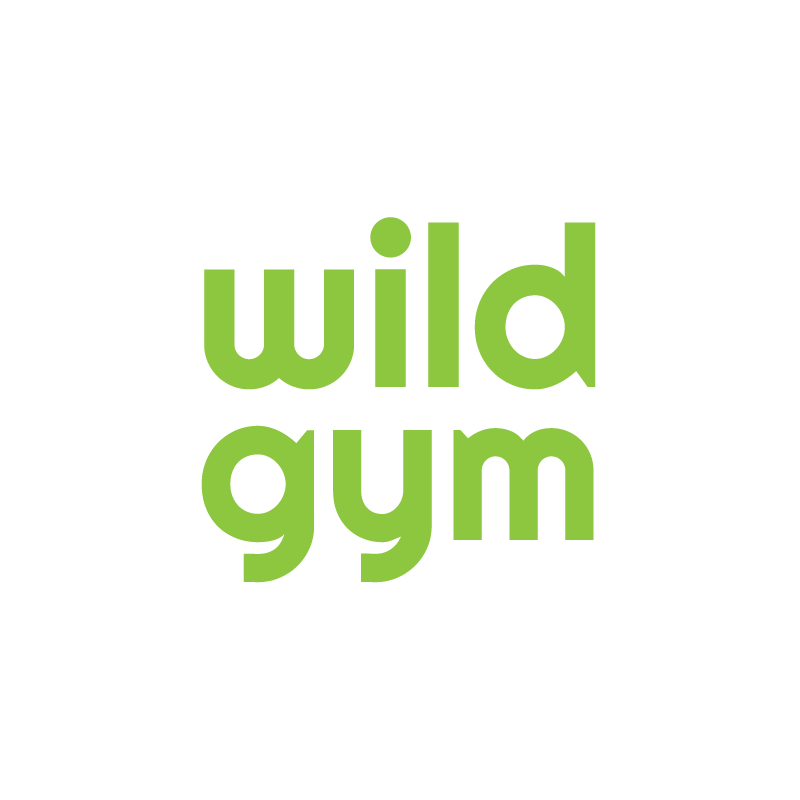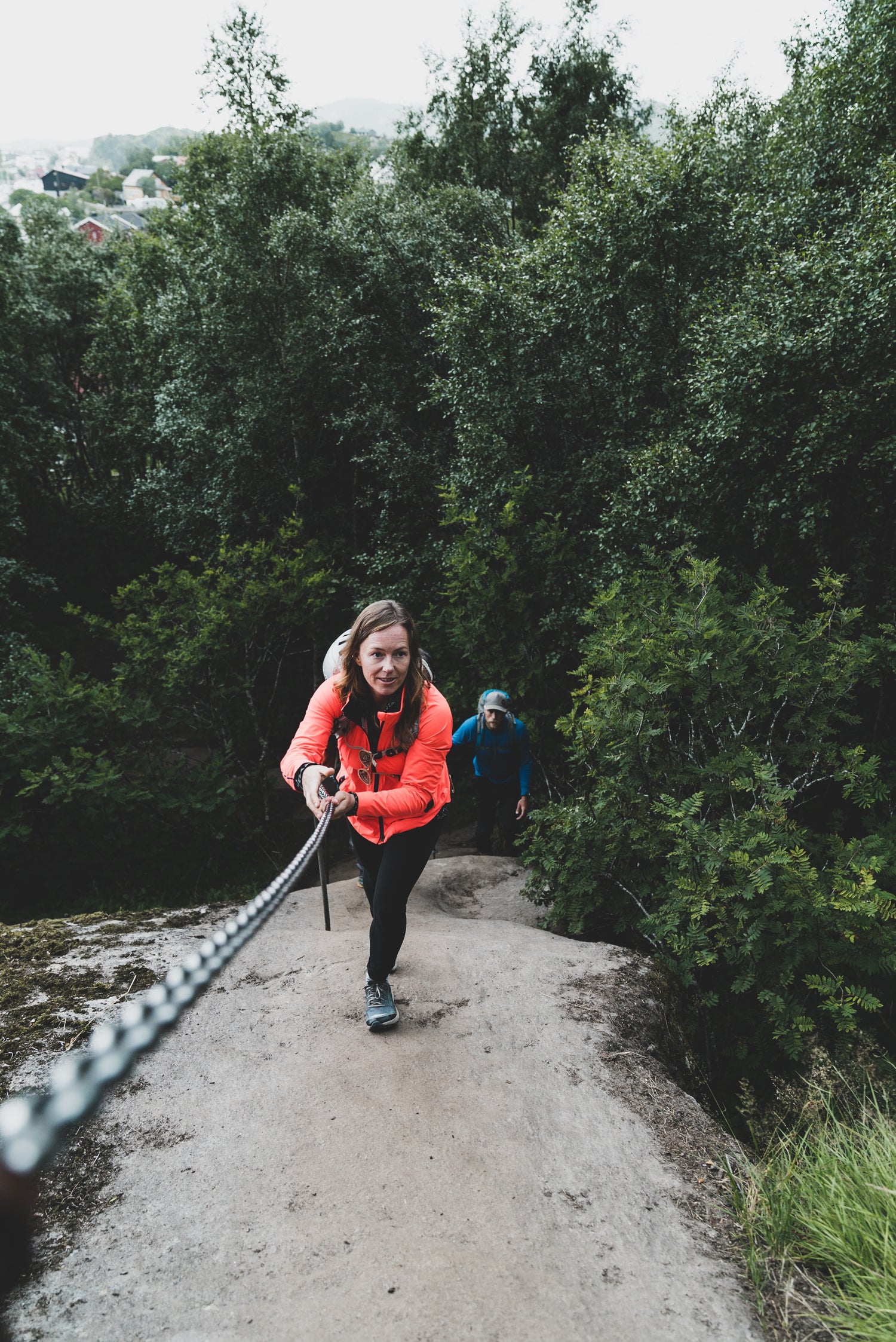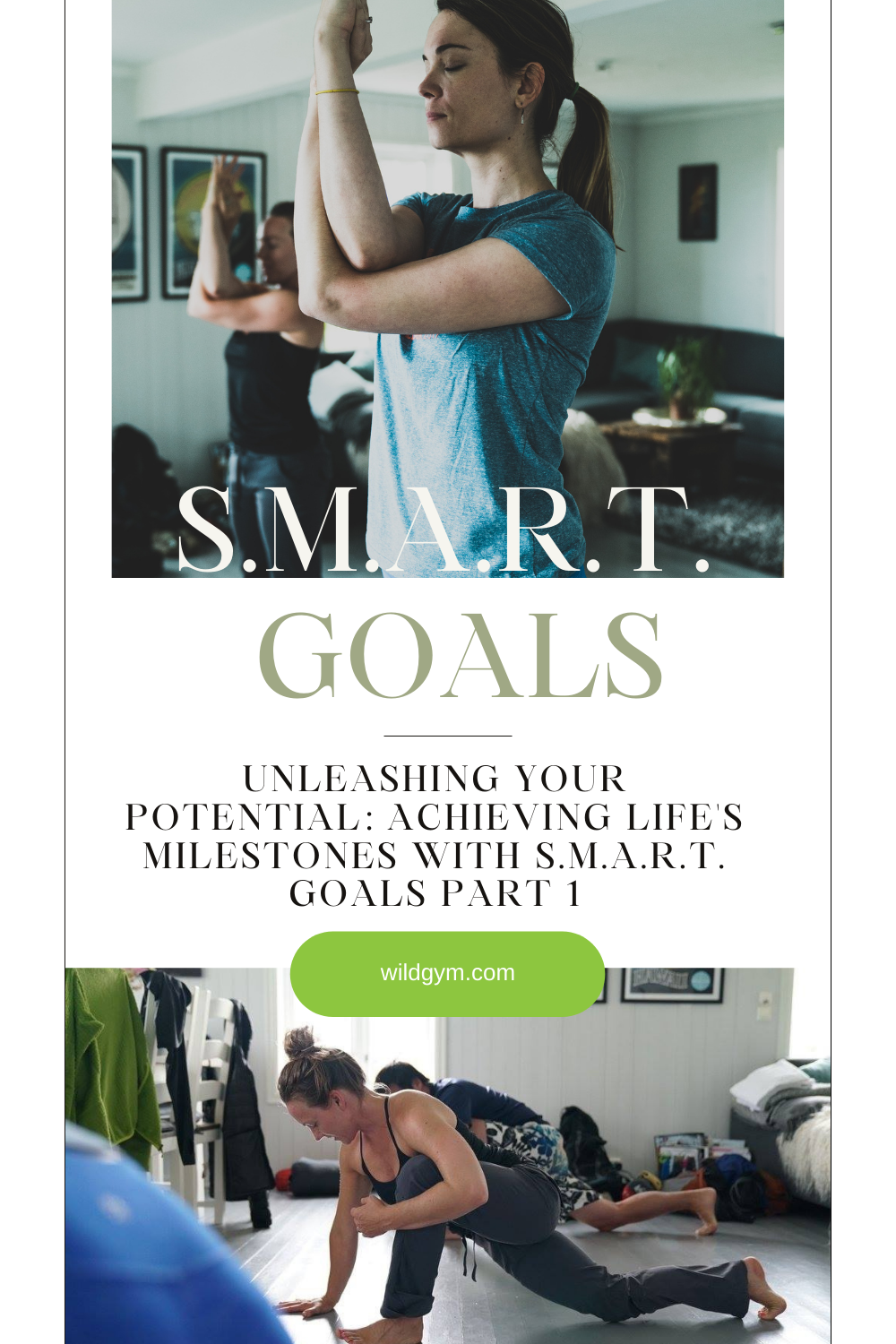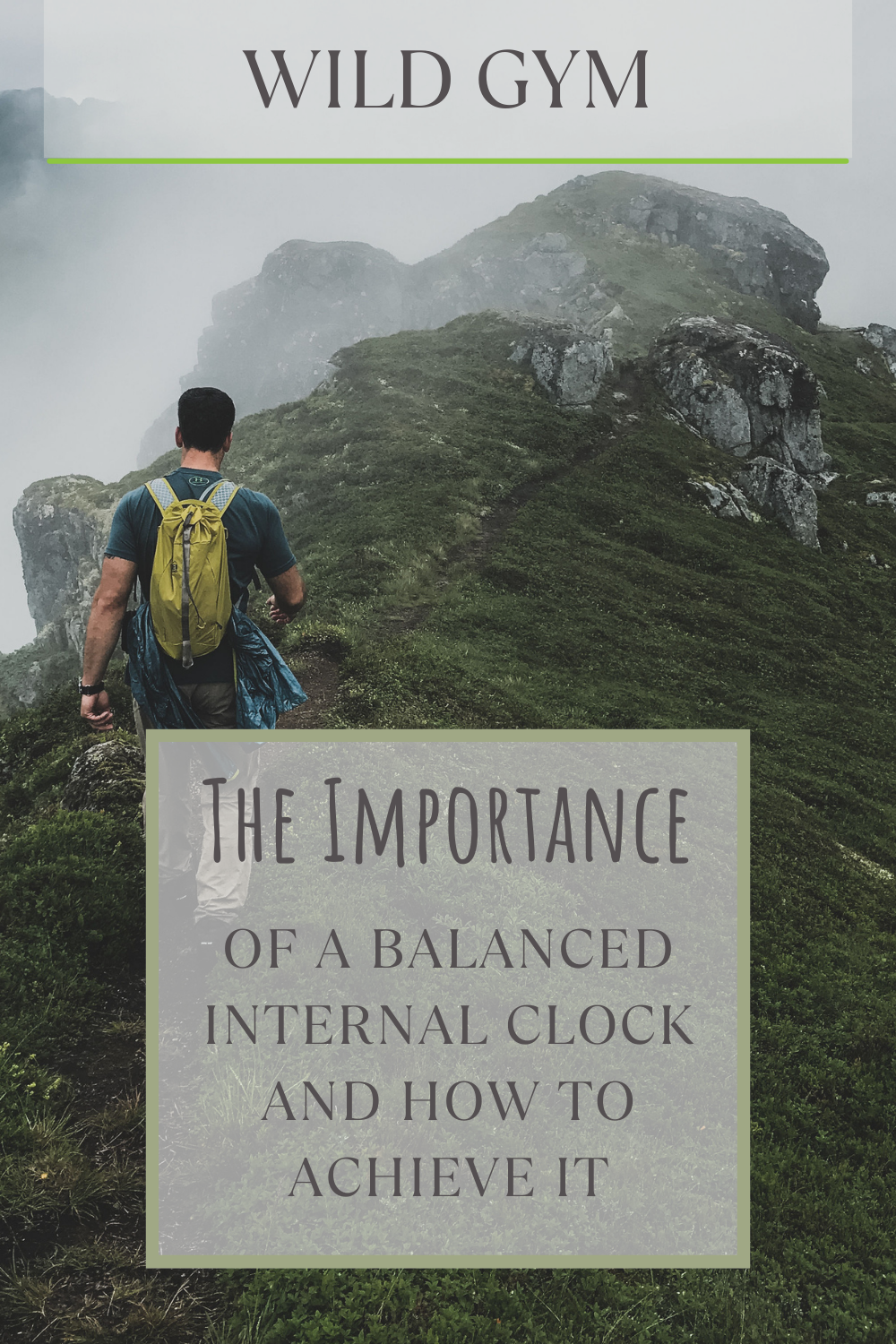Hello again, League of Wildness!
Another weekend is imminent – we hope you have something awesome on tap!
Last week I talked about how important setting an “ultimate goal” has been in my life strategy. By the way, thank you to those who emailed their input and shared their stories, it’s great to hear what the wild kin are thinking! You can actually reply to any of these emails and we’ll get the replies. We don’t bother with the “this is a no-reply email” nonsense. We love to hear from you all!
To summarize from last week, in addition to SMART goals I have found it useful to have a colossal, far-reaching ultimate goal. One that may take years to achieve, but keeps me focused on the long-term benefits of my daily decisions. It gives me something to center my SMART goals around and a better understanding of the cycle of “failure” and success when reaching for something big.
Today’s topic is about my basic framework for funneling the ultimate goal down into things I can do daily to consistently move towards it. I included some of the questions I asked myself, but you can (and probably should) come up with your own, too. Many times I found that asking one question leads to others. I just keep asking “But why?” until I really get into a solid answer that has depth and means something to me. You’ll know when you hit on something important. There is a sense of “Hell yes!” to naming your goal. If you aren’t sure, keep asking why. Or, try another goal statement and dig into the whys of that. I initially thought I had two goals: optimal health and connecting with nature. In going through my questions, I realized they are closely intertwined and that is when I knew I had the right one. Because there was no more fine-tuning needed. I had no more “But why?” questions to answer.
Ultimate Goal: Optimal health centered around the cycles and laws of nature.
Why: Everything that is important to me depends on me taking care of my health and maintaining a healthy fitness level. I enjoy traveling and want to have the energy to do so. I love adventures and want to continue backpacking, hiking, snorkeling, and camping for years to come. I want to be an active participant in my relationships. I want to feel connected to the work I am doing at the Wild Gym. My health impacts how I feel in my body and so how I feel when I am out in the world. It also affects how my mind operates. When I don’t take care of my health, I experience joint pain, brain fog, a lack of energy, sleep problems, inability to focus, and I start to get sick more often.
I grew up in the wilderness and am blessed to be able to call it home. My body, mind, and spirit are connected to the wild that I am surrounded by. Nature reminds me how to flow through life like water and how to bend without breaking in storms. It is my best “gym” resource to move my body in the variety of ways it was intended to move. Mentally, nature helps me to temporarily let go of the struggles of modern life and connect with my more primal side. The advances we have made as a species are incredible, but at our basic level, humans are still animals. Our biology developed through interaction with the natural world. Despite our modern advances, our biology still seeks those same patterns that we evolved within. Being able to get out into the wild world requires a variety of skills in order to be safe: strength, cardiovascular health, balance, and agility especially. My goal is to cultivate each of those skills so that I can continue my forays into the wilderness. I will learn more about the impacts of the seasons and planetary cycles on my body and mind so that I can maintain a connection to the wild at all times.
Ultimately, while I acknowledge I cannot control everything that comes my way, my goal is to have as many options as I can. Sometimes we face really difficult challenges in life that can temporarily derail us, but I truly believe that whatever we face can be an opportunity if we can maintain a certain mindset and perspective about it.
What happens if I don’t achieve this goal?: I will eventually be unable to spend time in the wilderness the way I prefer. I will struggle to enjoy travel if I cannot combine it with adventure. Paradoxically, feeling stressed and worried about health concerns is detrimental to my health.. How I feel in my body and mind impacts how I respond in every area of life.
What are my obstacles? Myself. While healthy habits cannot guarantee I will never experience disease or other health-related hardships, there are a lot of things I can control to improve my chances. I have the time and knowledge to properly manage workouts and healthy eating. My excuses are the only things that stand in my way currently.
What are my goals for 2022?: Improve body composition. Stick to my nutrition plan 90% of the time with allowances for events, holidays, and date nights. Ensure every day involves a variety of movements: cardio, strength training, mobility, stretching. (I love the ecosystem of monkii products that we are building because they give me so many options to cover all of those areas!) Spend time outside every day.
What are my goals for each quarter?: Achieve specific body composition metrics by March, June, September, and December. Increase strength training weight/reps/sets weekly. Schedule one adventure quarterly. For example, a snowshoe trek in March, backpacking in June.
Intermission
“Wait, back the bus up, what do you mean by body composition?” Too often we focus solely on our body weight – the number on the scale – to determine how we are doing. The scale is one tool and it shouldn’t be the only one we hang our progress on. Be cautious about setting goals that are only centered on moving the scale. Our bodies are made up of a lot of material: skin, organs, water, skeleton, muscle, fat, and some other bits. We have some control over the muscle and fat portions of that composition, but it can be hard to know what your fat and muscle proportions are. If you have the access, the ability to have your body composition tested in a lab is the most accurate. Most of us don’t have access to that. But you can use a measuring tape and record your body measurements to add a layer of clarity. You can also use a skin caliper which can help to measure body fat percentage. These tools give a better picture than just the scale of what is going on. You can measure almost anything: calves, thighs, hips, waist, chest, upper arms, and neck. It’s also important to remember the body does not necessarily change at an equal rate. You might see significant changes in some measurements in a short period of time while others don’t move for a while. That is completely normal and has to do with how your individual body deposits fat and builds muscle. It’s different for everyone.
When someone is looking to lose weight, what is usually intended is to decrease the amount of body fat. One of the best ways to do that is to increase your muscle mass. The process of losing fat while putting on muscle is a delicate balance, so don’t be hard on yourself if you see fluctuations in weight. That is why it’s important to use more than one tool to measure progress. Your weight might barely move, but you’ll see inches dropping off your measurements.
If you aren’t already strength training, I highly recommend it! Muscle takes more work for the body to maintain, and as a result you burn more calories throughout the day if you strength train regularly. Cardio is great for reducing body weight, but when your only goal is to lose weight, you can lose muscle mass along with fat. Strength training is the gift that keeps on giving.
Special note for wild women: Please do not worry that you will “bulk up” and get bigger than you want by adding muscle! The women you see with significant muscle mass put in enormous effort to achieve that physique, as well as precision nutrition and some help from genetics. It definitely doesn’t happen by accident, so don’t worry that if you add strength training that you will get bigger than you want.
NSVs: I am a huge fan of NSVs or “non-scale victories”! These are the changes you notice that have nothing to do with body metrics. Are you getting up off the floor without having to use your hands? Is going up and down the stairs no longer hard on your knees? Are your clothes fitting better? Do you have more energy that lasts throughout your day? Are you seeing progress in your workouts? Maybe three months ago you could only walk or run one mile and now you can do five! These are great ways to see progress beyond the scale.
Back to goals!
What daily habits move me towards my ultimate goal?: For this, I first made a list of what optimal health meant to me. For example, eating whole foods with a focus on protein. Because part of my goal is following the cycles of nature, I try to eat what is in season and make choices that are as close as possible to things you would find in nature. Somewhere in the world, a pineapple grows out in the wild. Not so with a bag of chips. Wild rice grows in our lakes here in Minnesota. White rice, not so much. I ensure I drink enough water. I make a point to get fresh air and sunshine every day. When making my list, I focused on the things I know make my body and mind feel alive, well, and connected to nature.
From that list, I made a monthly spreadsheet to track about a dozen daily habits related to the items that move the needle the most towards my goals. These are things that are not already ingrained habits. I don’t need a reminder to brush my teeth! But I do need a reminder to stay on top of my water intake. A few of my daily habits are: 30 minutes of daily writing/journaling, drinking 3 liters of water, and reaching my daily protein goal. It’s not easy for me to hit that goal unless I plan my meals, so meal planning is another habit I track. I love checking everything off a list, so this method is really effective for me. I adjust the spreadsheet monthly as things come into focus. As new habits become established they no longer need to be on the tracker, so they are replaced by something else. Or I might remove something I thought was important but it turns out not to be. The spreadsheet makes it easy to spot patterns, such as, I missed my goal to limit myself to one alcoholic drink and as a result, I slept poorly and then missed several other daily habits the next day due to my lack of energy. I use the “fill color” option in Google Sheets to highlight problem areas. The day I went past my one drink limit, I filled in that square with red, and the next day that caused a domino-effect of more red square as I failed to get my daily walk in and didn’t reach my workout goal. The colors help me to visualize where I am going astray so I can refocus my attention.
When I read through this framework backward, it is easy for me to see that the things I prioritize daily move me toward my quarterly, yearly, and ultimate goals. Then, when I re-read my ultimate goal statement, I can see how it relates to all of my other life goals and the ways the levers move for each of them. Prioritizing my health is the one thing that drives and impacts every other area of my life. That is why it is my ultimate goal
Examples of other daily habits to track:
Meditation
Cardio session
Strength training session
Stretching
One-on-One time with partner/child(ren)
Calorie intake
Macro intake
Supplements
Go to bed at 10:30
Check in with a friend or neighbor
Read a chapter in a book
Morning/evening routines
Daily walks
Daily nature time
Cold shower or other environmental conditioning
Have a wild early-spring weekend, everyone!
Kim




Leave a comment
This site is protected by hCaptcha and the hCaptcha Privacy Policy and Terms of Service apply.